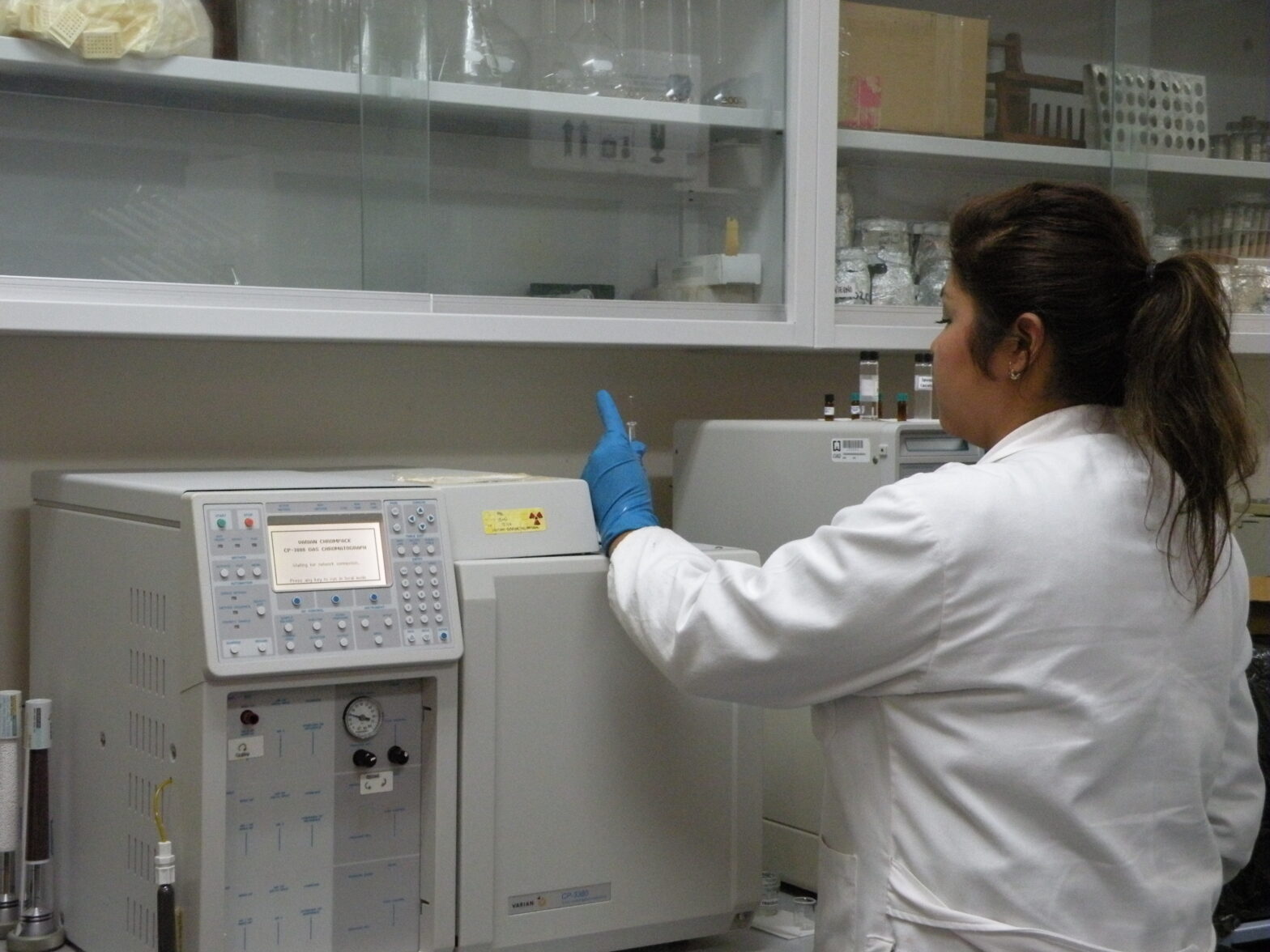Community-based monitoring of contaminants in the Gulf of California
Organization: Centro de Investigación en Alimentación y Desarrollo A.C. (CIAD)-Guaymas
Country: Mexico
Other Organizations Involved:
- Community and Biodiversity (COBI)
- Comisión Nacional de Areas Naturales Protegidas (CONANP)
- Grupo de Monitoreo Submarino y Análisis de Cambio Climático, S.C. de R.L. de C.V. (Bahía de Kino)
- Instituto Nacional de Ecología (INE)

Background
Small coastal communities depend on marine resources more than any other population group because they are relatively isolated and consume the products they fish on a daily basis. However, global contaminants, such as mercury and organochlorine pesticides, could be present at high concentrations in fishery products and, due to the quantities of fish consumed, reference doses could exceed health limits at these small coastal communities.
This will be one of the few projects in Mexico that will involve fishermen and their families in monitoring contaminants and helping to assess the risks from fish consumption.
Goals
Improve the health of coastal communities by monitoring persistent contaminants in fishery products and create awareness of climate change.
Main activities
Train fishermen from two coastal communities (Kino Bay and Tobari, Sonora) to collect samples and monitor parameters. Trained fishermen will collect water, sediment and organism samples for the analysis of organochlorine pesticides, metals (mercury, lead, cadmium, copper and zinc) and polycyclic aromatic hydrocarbons (PAHs) at CIAD and an external laboratory.
A questionnaire about food habits will be completed in the coastal communities and reference doses and risk levels calculated, based on contaminant concentration and fish consumption. Water temperature and pH measured at each community. Study results will be presented in the communities involved.
Results
A group of fishermen trained to monitor their own resources in each of the two communities. A total of 10 water, 10 sediment and 50 different species of fish and invertebrates will be collected for the analysis of contaminants: metals, organochlorine pesticides and PAHs in these samples. 100 questionnaires will be completed on the food habits of the families living in these coastal communities. Data tables will be compiled on pH and temperature levels at three sites per community.